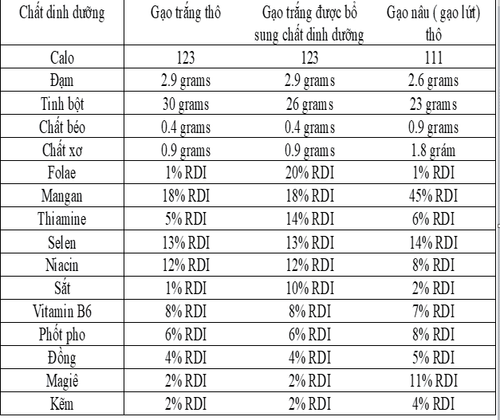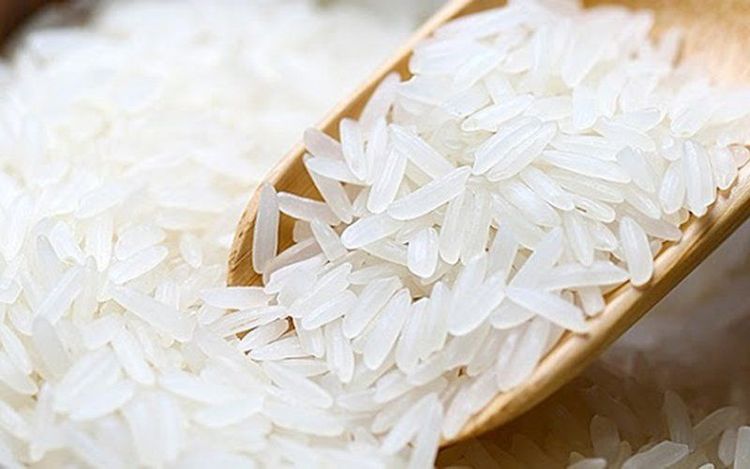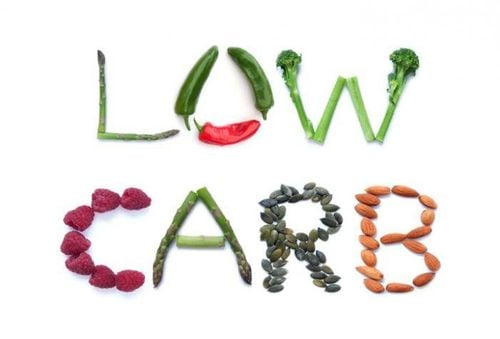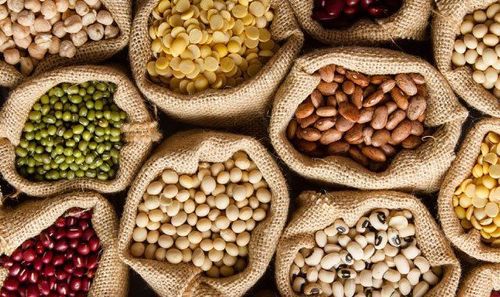This is an automatically translated article.
Many medical communities consider white rice an unhealthy choice. White rice undergoes a very high processing process, losing the husk (hard protective layer), bran (outer layer) and germ (nutrient-rich core). Whereas, brown rice has only the hull removed. For this reason, white rice lacks many vitamins and minerals compared to brown rice. However, in some cases white rice is a better choice than brown rice.1. Fiber content and nutrients
White rice and brown rice are the two most common types of rice and have similar origins. Brown rice is the whole grain of rice, containing the fiber-rich bran, nutrient-rich germ, and carbohydrate-rich endosperm. On the other hand, white rice is a grain of rice that has been stripped of its bran and germ, leaving only the endosperm. It is then processed to improve flavor, extend shelf life and enhance processing properties. White rice is considered empty carbs because it has lost its main source of nutrients.However, in the US and many other countries, white rice is often improved with additional nutrients, including iron and B vitamins such as folic acid, niacin, thiamine. The ingredients list below compares the nutrient content in a 3.5-ounce (100-gram) serving of the two types of rice.

So sánh hàm lượng dinh dưỡng trong một khẩu phần 3,5 ounce (100 gram) giữa hai loại gạo
However, white rice is fortified with high levels of iron and folate. It's worth noting that both white and brown rice are naturally gluten-free, making them great carb choices for people with celiac disease or gluten sensitivity.
2. Glycemic Index Score
The glycemic index (GI) is a measure of how quickly the body converts carbs into sugar and absorbs it into the bloodstream. The index ranges from 0 to 100 with landmarks like:Low GI: 55 or less Moderate GI: 56 to 69 High GI: 70 to 100 Low GI foods are thought to be better for people with diabetes type 2 diabetes. In contrast, high GI foods can cause blood sugar spikes..
White rice has a GI of 64, while brown rice has a GI of 55. Therefore, the carbs in white rice are converted to blood sugar faster than brown rice. This could be one reason why white rice has a higher risk of causing type 2 diabetes.
When reviewing studies in more than 350,000 people, researchers found that people who ate a lot of white rice regularly had a higher risk of developing type 2 diabetes than those who ate it less. Furthermore, each serving of white rice has the potential to increase the risk of type 2 diabetes by 11%.
3. Risk of metabolic syndrome
Metabolic syndrome is the name for a group of factors that increase the risk of health conditions, such as heart disease, type 2 diabetes, and stroke.These factors include:
High blood pressure High blood sugar High levels of triglycerides Excess belly fat Low levels of good cholesterol HDL Studies have shown that people who regularly eat large amounts of white rice are at increased risk. have higher rates of metabolic syndrome, especially in Asian adults. While studies have concluded a link between white rice consumption and diabetes, a link between white rice and heart disease remains unproven.
However, people who consume brown rice regularly are said to have a lower risk of heart disease. For example, adults who consume a lot of whole grains like brown rice may have up to a 21 percent lower risk of heart disease than those who consume no or little of these foods. Brown rice also contains lignans, a plant compound that has been shown to help lower blood pressure, lower blood fats, and reduce artery stiffness.
4. Effective weight loss

Một số nghiên cứu đã cho thấy chế độ ăn nhiều ngũ cốc tinh chế như gạo trắng có thể gây tăng cân, tăng mỡ bụng và béo phì
Some studies have shown that diets high in refined grains like white rice can cause weight gain, increased belly fat and obesity, while other studies have found no correlation. Plus, diets that include white rice have been shown to promote weight loss, especially in countries where this rice is an everyday staple.
Therefore, white rice does not appear to cause any significant harm or benefit in weight loss. However, a diet high in whole grains like brown rice has been consistently shown to aid weight loss and help maintain a healthy blood weight. Therefore, brown rice can be the first choice for weight loss.
5. Arsenic content
Rice grown in certain geographical areas can be contaminated with arsenic.Rice plants generally accumulate more arsenic than most other food crops. This becomes a problem in areas where soil or water sources are contaminated with arsenic. High arsenic intake can increase the risk of cancer, heart disease and type 2 diabetes. In addition, arsenic is neurotoxic and can affect brain function.
This is a particular concern for those who regularly use rice products, especially children. Experts advise parents to avoid giving their children a lot of rice or rice-based products. Some types of rice contain lower amounts of arsenic than others such as jasmine rice and basmati rice, as well as rice grown in the Himalayas.
In addition, arsenic tends to accumulate in the bran. Therefore, brown rice often contains higher amounts of arsenic than white rice
6. Should I use white rice?

Trong một số trường hợp, gạo trắng là lựa chọn tốt hơn so với gạo lứt
People with heartburn, nausea and vomiting or those recovering from minor surgery or surgery affecting the digestive system can also adopt this diet. Therefore, white rice is often recommended in the cases mentioned above, because they are low in fiber, simple in structure and easy to digest.
White rice is often considered harmful by many, when in fact it can be used as a better alternative to brown rice in some situations. For example, women going through pregnancy can absorb large amounts of the additional folate found in white rice. Additionally, people on low-fiber diets and people with nausea or heartburn may find white rice easier to digest and doesn't cause the same uncomfortable symptoms as brown rice.
However, brown rice is still a better choice in most cases because it contains many vitamins, minerals, essential amino acids and plant compounds. Also having a lower glycemic index, carbs from brown rice are converted into blood sugar more slowly, which is beneficial for people with diabetes or pre-diabetes.
Customers can directly go to Vinmec Health system nationwide to visit or contact the hotline here for support.
Reference article: Healthline.com
SEE MORE
Nutritional value in rice cakes Effects of red yeast rice: What you need to know Calories in rice













